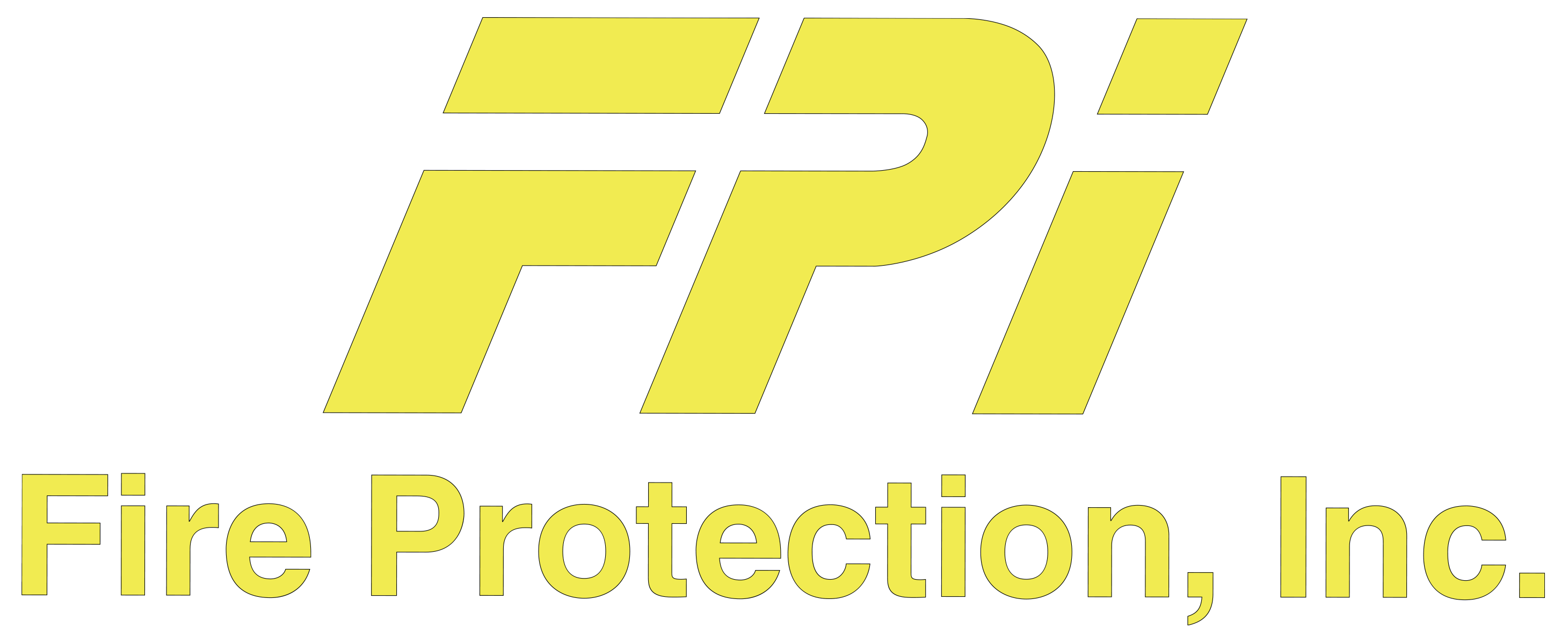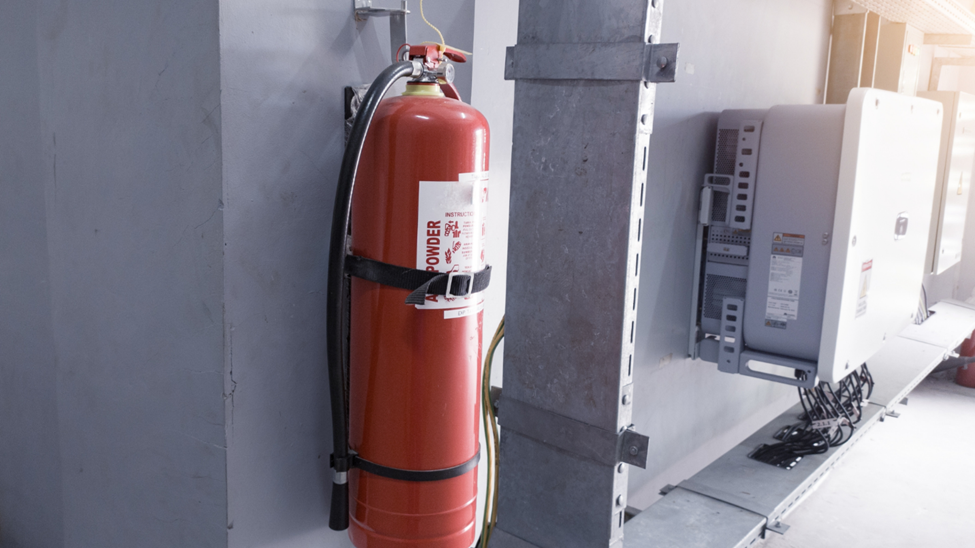When it comes to fire safety, fire extinguishers play a crucial role in protecting property and saving lives. Whether it’s in a commercial or residential setting, having fire extinguishers readily accessible and knowing how to use them can significantly mitigate the damage caused by an unexpected fire. In this article, we’ll explore the importance of fire extinguishers, the types available, and essential tips for proper use and maintenance.
Why Fire Extinguishers Are Essential for Every Property
Fires can spread rapidly, causing immense property damage and, in worst cases, endangering lives. Fire extinguishers serve as the first line of defense against small fires before they escalate into a major hazard. By providing a quick and effective way to put out a fire, these devices can give occupants the precious time needed to evacuate safely while reducing potential damage to the property.
Whether it’s a residential property or a commercial building, the presence of fire extinguishers can make a difference in an emergency. They are a vital component of any comprehensive fire protection system.
Types of Fire Extinguishers: What You Need to Know
Different types of fires require different extinguishing agents. Therefore, it’s essential to have the appropriate fire extinguisher for your specific environment. The most common types of fire extinguishers are classified into five categories:
Class A:
Designed for ordinary combustible materials like wood, paper, and cloth.
Class B:
Effective on flammable liquids such as gasoline, oil, and grease.
Class C:
Used for electrical equipment fires, including wiring and circuit breakers.
Class D:
Specialized extinguishers designed for flammable metals like magnesium and aluminum.
Class K:
Primarily used in kitchens for fires involving cooking oils and fats.
Selecting the right extinguisher based on your environment is key to ensuring safety. For example, commercial kitchens should have Class K extinguishers, while warehouses or office buildings may need a combination of Class A, B, and C extinguishers.
How to Properly Use a Fire Extinguisher
Knowing how to use a fire extinguisher is just as important as having one. The simple acronym to remember is PASS:
- Pull the pin.
- Aim the nozzle at the base of the fire.
- Squeeze the handle slowly.
- Sweep from side to side to extinguish the fire.
It’s vital to familiarize yourself and your employees with this procedure. Regular fire drills and safety training ensure everyone is prepared in the event of a fire.
Regular Maintenance and Inspection
Fire extinguishers require regular inspection and maintenance to remain effective. It’s important to follow a routine schedule for inspecting the pressure gauge, checking for visible damage, and ensuring that the extinguisher is placed in an accessible location. Annual professional inspections are also necessary to ensure the extinguisher meets safety standards.
By keeping your fire extinguishers in top working condition, you can have peace of mind knowing that your property is equipped to handle an emergency.
Why FPI Is the Right Choice for Your Fire Protection Needs
When it comes to safeguarding your commercial property, choosing a trusted and experienced provider is crucial. Since 1968, Fire Protection, Inc. has been dedicated to delivering reliable fire protection solutions to businesses across the Seattle area. With a wealth of experience in designing and installing burglar and fire alarm systems, as well as offering access control, video surveillance, and intercom systems, FPI is your go-to partner for comprehensive security and fire safety.
Our team is fully licensed and insured, and we are proud to be a UL-listed alarm company, ensuring the highest standards of quality and reliability. With over 35 years of combined experience, FPI is committed to keeping your business safe and secure.
Don’t wait until it’s too late—choose FPI for your commercial burglar and fire alarm system needs. Let us be your first line of defense.

